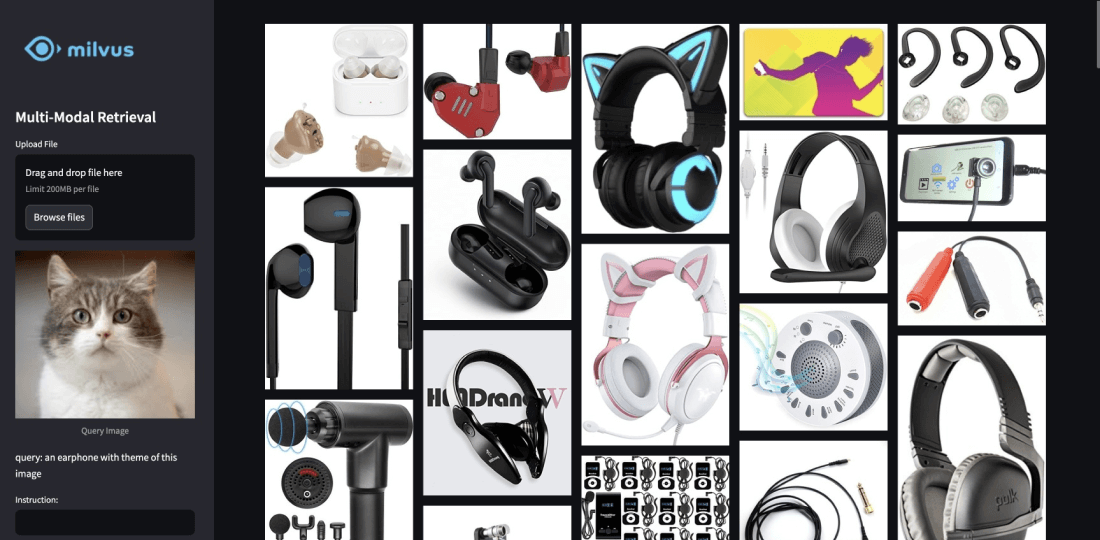Multimodal AI is a sophisticated technology designed to process and integrate data from multiple sources, including visual, textual, and auditory inputs. When it comes to visual data, multimodal AI is adept at handling information from a variety of sources, such as images, videos, and graphical content. This capability is essential in applications that require a comprehensive understanding of complex environments and situations, such as autonomous vehicles, advanced surveillance systems, and interactive multimedia platforms.
The processing of visual data in a multimodal AI system involves several key steps. Initially, the AI leverages computer vision technologies to interpret and analyze visual inputs. This involves detecting and recognizing objects, scenes, and actions within images or videos. Techniques like convolutional neural networks (CNNs) are commonly employed to extract features from visual content, enabling the AI to understand and categorize the information effectively.
Once the visual features are extracted, they are often combined with data from other modalities, such as text and audio, to provide a richer context and deeper understanding. For example, in an application where both video and audio are available, the AI can correlate lip movements with spoken words to improve speech recognition accuracy. Similarly, visual data can be complemented by textual descriptions to enhance the interpretation of images and scenes, such as annotating objects in a photograph with relevant metadata.
A critical aspect of multimodal AI is the fusion of data from different modalities. This fusion can occur at various levels, such as early, intermediate, or late fusion, depending on the application requirements. Early fusion involves combining raw data inputs, while intermediate fusion integrates features extracted from each modality. Late fusion, on the other hand, combines the outputs of separate models for each modality, which can be useful when the modalities provide complementary information.
The capability of multimodal AI to process visual data from diverse sources opens up numerous use cases across different industries. In healthcare, for example, multimodal AI can analyze medical images alongside patient records to provide more accurate diagnoses. In retail, it can enhance customer experiences by integrating visual recognition with sentiment analysis to tailor personalized marketing strategies. Moreover, in content creation and management, multimodal AI can automate video editing by synchronizing visual and audio elements based on context and relevance.
Overall, the integration and processing of visual data in multimodal AI systems are pivotal in achieving a holistic understanding of the environment, leading to more informed decisions and enhanced user experiences. As this technology continues to evolve, it promises to unlock new possibilities in fields ranging from entertainment to scientific research, making it an indispensable tool in our increasingly data-rich world.
